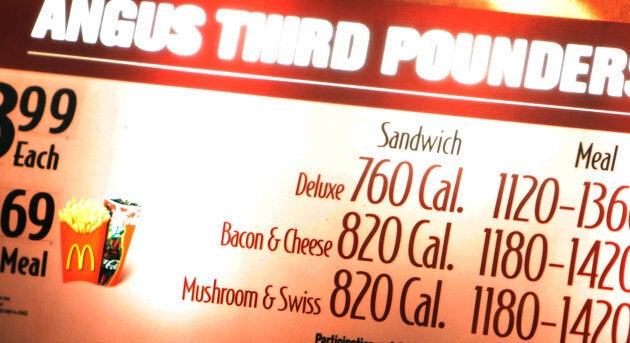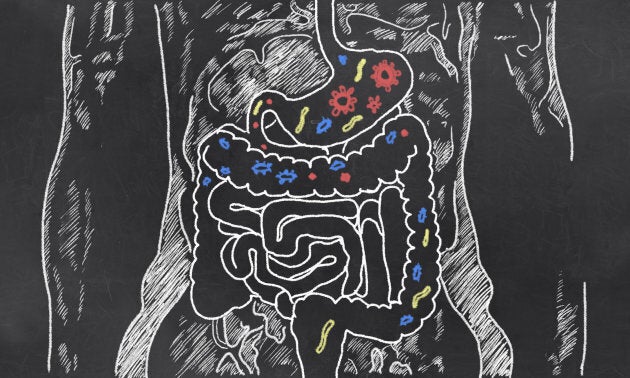Underlying the obesity epidemic, many experts would suggest, is an expanding excess of calories. The caloric equation posits that weight gain arises when there is an energy imbalance with an excess of calories consumed over those burned in metabolic and daily activity. The calories in, calories out (CICO) model is the most widely accepted theory of obesity.
But the model is inherently flawed, as it is based upon a unit of measure; the calorie (referred by scientists as a kiloCalorie) may be both inaccurate and variable. The development of the calorie as a unit of food energy dates back well over a century to the work of early scientists using a bomb calorimeter. The caloric value for various foods was determined by combusting the food in a chamber as an approximation for the energy released through human digestion and metabolism.

But even with later modifications to the measurement, the calorie is at best an estimate of the maximal energy available in food, which is then influenced by variables in human health and digestion. Indeed, the calorie in itself is an inadequate tool to predict weight gain. And for dieters still clinging to the caloric equation, there are other important factors that need to be considered.
While the calorie is the maximal potential energy in food, it is the actual amount of energy released to the body that predicts weight gain. The bioavailable energy can be best defined as the "measured potential energy in calories" adjusted for the energy consumed through digestion and the effects of both the host's metabolism and that of the bacteria housed in the gut known collectively as the microbiome. Indeed, two important adjustments must be made to the conventional calorie to better reflect bioavailable food energy: the work factor (the work required to release food energy) and the bug factor (the effects of the microbiome).
Expend more energy in attaining the energy you consume and reduce the likelihood of weight gain.
The work factor refers to the amount of energy consumed through the processes of mastication, digestion and absorption. The effort required to chew an apple with its fibrous skin is much greater, for instance, than that needed to drink a glass of apple juice. So, calorie for calorie, an apple in its raw state has a higher work factor and thus a lower net caloric impact on the body — not to mention the added benefits of the high fibre, and key nutrients like vitamin C, disproportionately present in the skin.
The work factor can be expanded to consider the additional energy deployed in growing, gathering and preparing your own food. Expend more energy in attaining the energy you consume and reduce the likelihood of weight gain. While masticating or chewing food, the body begins early and important steps in digestion and triggers hormonal signals to be sent to the body and gut to better prepare for optimal metabolic function. So, consider chewing your food instead of juicing — with the blender doing the work for you.

The bacteria inhabiting our gut, referred to as the microbiome, play an important role in determining the bioavailable energy from the food we consume and the risk of obesity. Bacterial DNA outnumbers our own by a factor of 1,000. Yes — we are mostly bugs. The human microbiota contains many different groups of bacteria. The ratio of Firmicutes to Bacteroides has been linked to obesity. Firmicutes have been shown to extract more energy from food than Bacteroide strains, and can alter brain signalling to trigger consumption of calorie-dense foods.
Obese individuals have been shown to have higher prevalence of Firmicutes and less bacterial diversity as compared to average-weight subjects. Early studies of fecal transplants from obese to lean patients indicate that the risk of weight gain can be transmitted. Conversely, fecal transplants from lean to obese patients can lead to meaningful and lasting weight loss. The transmitted effect thought to be carried in the different bacterial strains housed in lean as compared to obese subjects. Yes, bugs can predict and even transmit the risk of weight gain.
An optimal gut microbiota may be the hidden key to successful weight loss.
Like the work factor, the bug factor plays a role in releasing bioavailable energy from the food we consume and predicts our risk of weight gain. An optimal gut microbiota may be the hidden key to successful weight loss. And unlike our DNA which is largely set in stone, we can take steps to transform our microbiota, known as the second genome. Eating a diverse, minimally processed, plant-based diet and including a range of fermented foods like kimchi and kombucha is a good start. Adding a probiotic supplement can help transiently boost the gut microbiota, but one size doesn't fit all. Our microbiota is highly unique and an individualized approach is necessary.
While the mathematics of the caloric equation may be appealing, a calorie-based model of weight gain is invariably flawed. Instead of calorie counting, dieters may be better served maximizing the work factor of their diet and maintaining a healthy mix of gut bugs. Clearly, there's more to successful weight loss than the bomb calorimeter and calorie counting.
Follow HuffPost Canada Blogs on Facebook
Also on HuffPost: